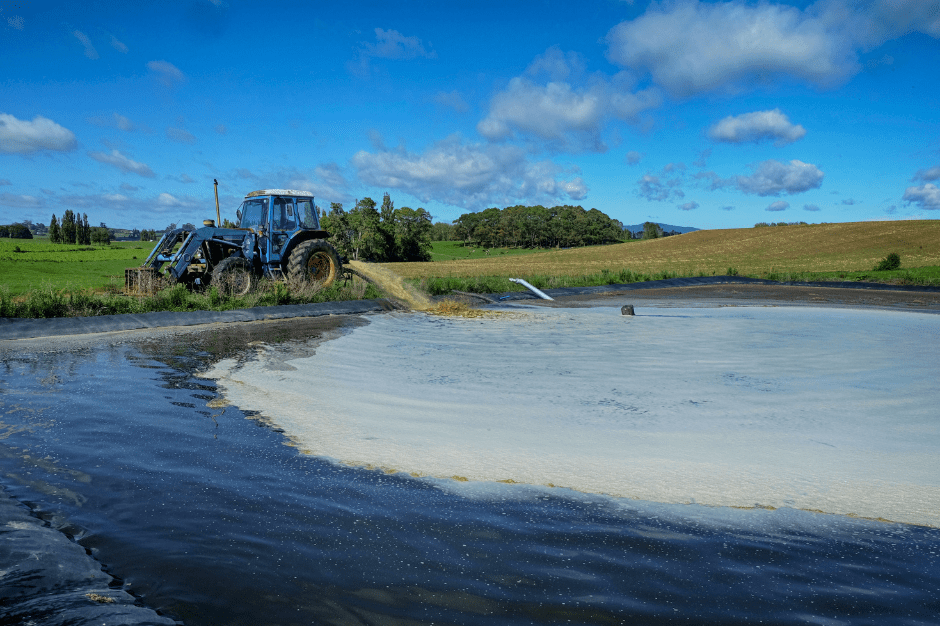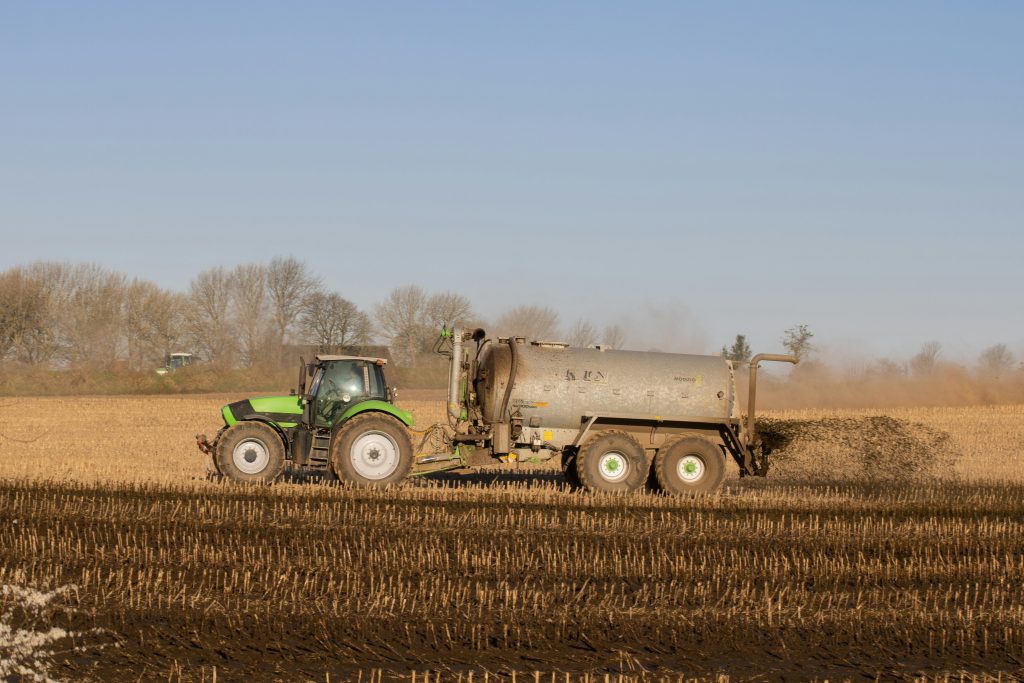Soil compaction is a growing concern in pastoral farming, particularly during summer when dry conditions mask early signs of structural degradation. Research has shown that intensive grazing can significantly impact soil porosity, microbial activity, and pasture productivity (Drewry et al., 2008). Understanding how summer grazing patterns influence soil health is essential for developing sustainable land management practices. How Summer Grazing Affects Soil Health During dry summer months, soil appears firm and resilient, but hoof pressure from livestock can still compact the upper layers. Compaction is most pronounced in high-traffic areas such as around water troughs, gateways, and shade zones, where soil undergoes repeated pressure with limited recovery time (Drewry & Paton, 2005). As soil moisture fluctuates due to intermittent rainfall, compacted areas become highly prone to reduced infiltration, increasing runoff and erosion risks. “Soil compaction is often an invisible issue until it becomes a major problem,” says Dr Gordon Rajendram. “Farmers may not see the effects immediately, but over time, compacted soil leads to reduced pasture growth, poor drainage, and increased fertiliser wastage. Managing grazing intensity and soil health proactively is crucial for long-term farm sustainability.” Soil porosity and microbial activity are key indicators of soil health, and both are negatively affected by excessive grazing pressure. Research has found that compaction from livestock reduces oxygen availability in the soil, disrupting microbial communities essential for nutrient cycling and organic matter decomposition (Gao et al., 2021). This, in turn, limits pasture growth and can lead to long-term declines in soil fertility. Compaction and Its Long-Term Effects A study by Mackay et al. (2011) on land-use intensification in New Zealand highlighted that persistent soil compaction reduces root penetration and nutrient uptake, ultimately diminishing pasture production. Poor soil structure not only limits water retention but also exacerbates nutrient loss through surface runoff, increasing the risk of nitrogen leaching into waterways—a critical environmental concern. Strategies to Minimise Compaction 1. Rotational Grazing – Moving stock frequently prevents excessive trampling in one area and allows pastures to recover. 2. Optimising Stocking Rates – Maintaining appropriate stocking densities reduces pressure on vulnerable soil areas. 3. Maintaining Ground Cover – Leaving adequate pasture residuals protects soil structure and prevents excessive hoof impact. 4. Aeration Techniques – Mechanical aeration, along with chemical treatments (such as adding calcium) and biological methods (encouraging earthworm population growth), can help restore compacted soils by improving pore space, soil density and drainage. 5. Monitoring Soil Health – Regular soil testing and structural assessments can help identify early signs of compaction and inform management decisions. By implementing these strategies, farmers can protect their soils from degradation and ensure long-term pasture productivity. Sustainable grazing management is crucial for maintaining soil health and reducing the environmental footprint of pastoral farming. References · Drewry, J. J., & Paton, R. J. (2005). Soil physical quality under cattle grazing of a winter-fed brassica crop. Soil and Tillage Research, 84(1), 45-54. · Drewry, J. J., Cameron, K. C., & Buchan, G. D. (2008). Pasture yield and soil physical property responses to soil compaction from treading and grazing—a review. Australian Journal of Soil Research, 46(3), 237-256. · Gao, W., Hodgkinson, L., Jin, H., Ashton, R. W., White, R. P., & Young, I. M. (2021). The impact of soil compaction on soil microbial communities and their functioning under contrasting moisture conditions. Geoderma, 395, 115031. · Mackay, A. D., Dominati, E. J., & Taylor, M. D. (2011). Land-use intensification in New Zealand: Effects on soil properties and pasture production. Journal of Agricultural Science, 149(1), 89-102. For more information, please contact: Contact Dr Gordon Rajendram 021 466077 rajendram@xtra.co.nz www.gordonrajendramsoilscientist.co.nz Contact Media PA phillip@mediapa.co.nz 027 458 7724










